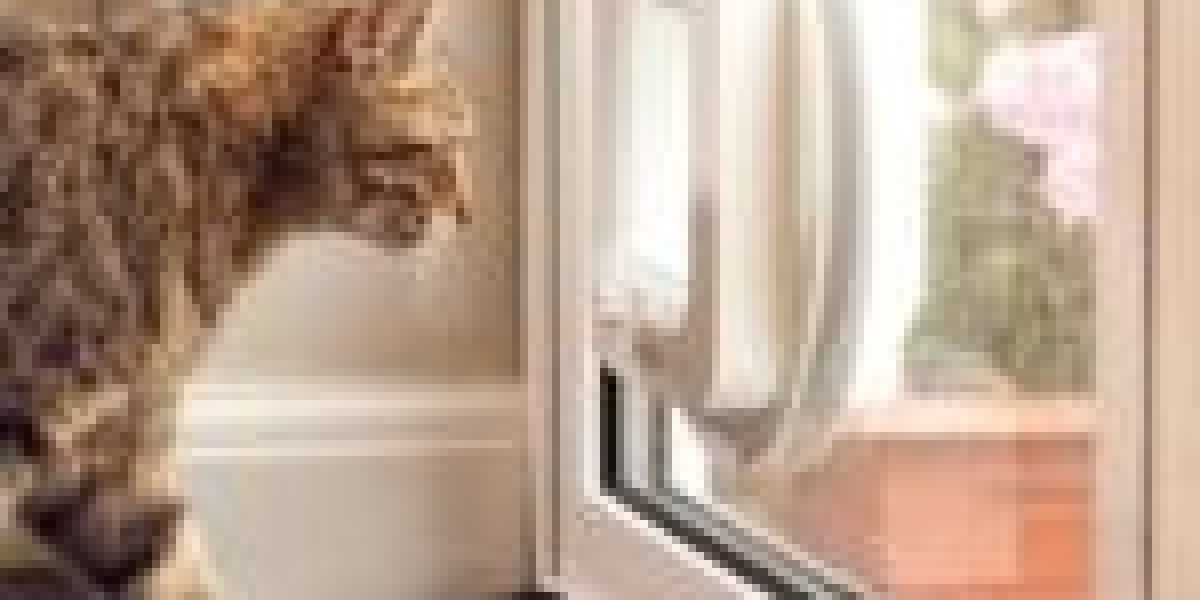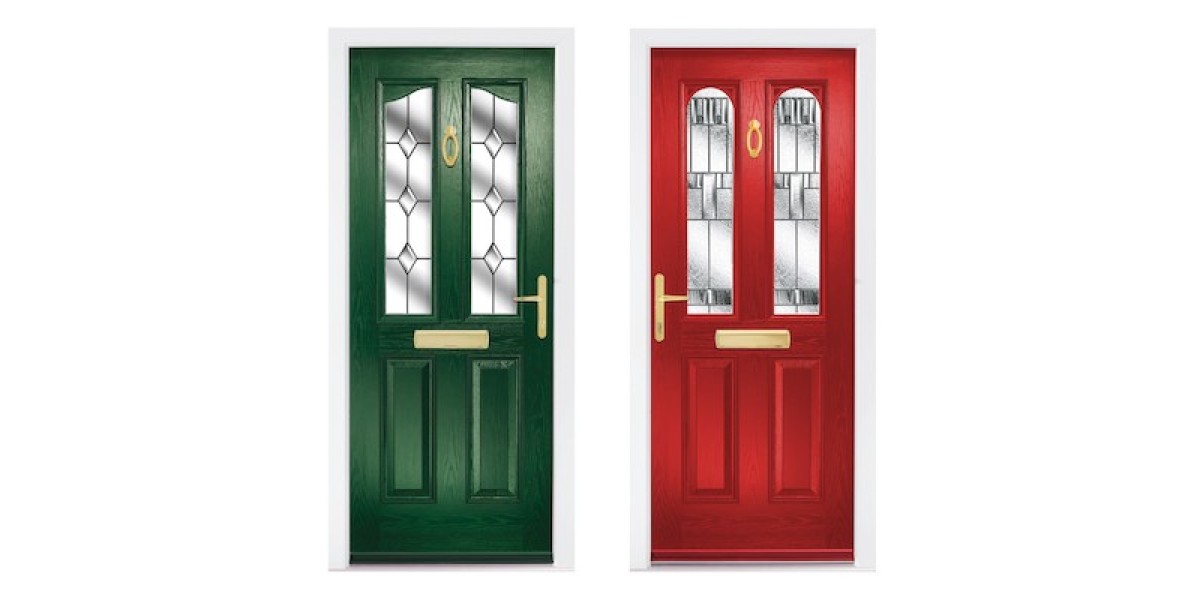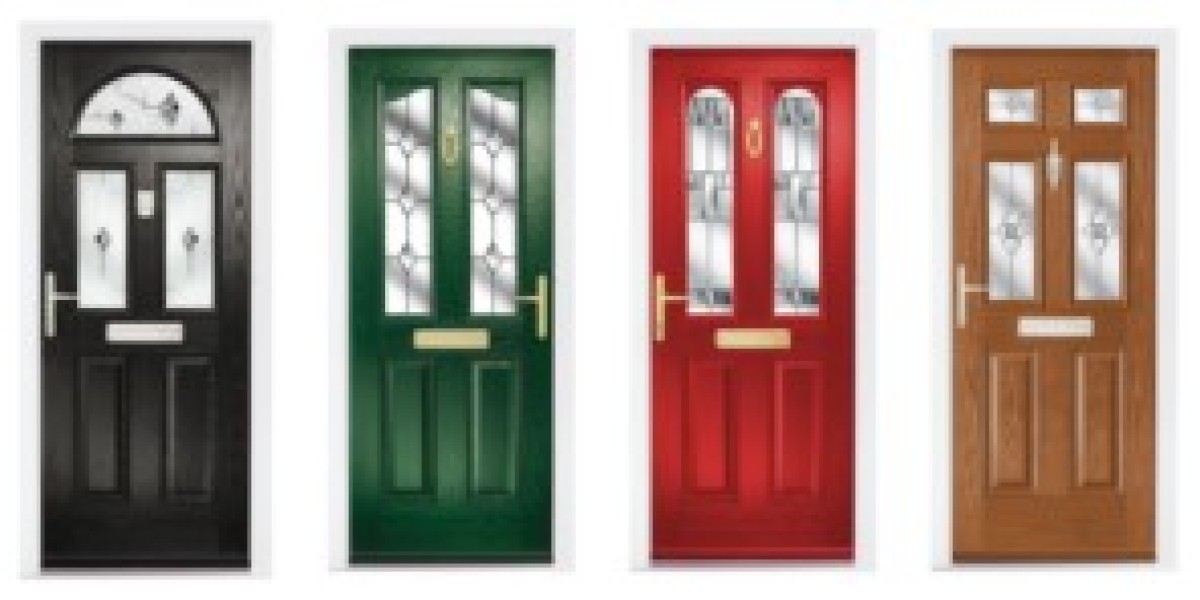Keeping the Purrfect Passage Open: A Guide to Cat Door Maintenance
Cat doors, likewise referred to as pet doors or cat flaps, are a wonderful addition to any home with feline buddies. They provide felines the flexibility to check out the outdoors (or designated areas within your house) and eliminate themselves, all while offering owners assurance and lowering the variety of unscripted door-opening requests. Nevertheless, like any other function of a house, cat doors are not immune to use and tear. Regular maintenance is essential to guarantee they continue to work properly, remain secure, and offer a comfy and safe passage for your precious cat flap repair. Overlooking maintenance can result in a host of issues, ranging from a stiff and loud flap to a complete breakdown, possibly locking your cat out or, even worse, jeopardizing your home's security.
This short article will dive into the value of cat door maintenance, describing the essential steps to keep your pet's access point in prime condition. By understanding the simple maintenance needed, you can extend the lifespan of your cat door, guarantee your cat's continued freedom, and avoid pricey repairs or replacements down the line.
Why Regular Cat Door Maintenance Matters
Preserving your cat door is more than just a cosmetic task; it's an investment in the performance, security, and durability of the function, as well as the comfort and wellness of your cat. Here are some essential factors why regular maintenance is essential:
- Ensures Smooth Operation: Dust, debris, and weather elements can collect around the hinges and flap of a cat door, causing it to become stiff, sticky, or loud when opening and closing. Regular cleaning and lubrication avoid these issues, guaranteeing the door operates efficiently and calmly, encouraging your cat to use it without hesitation.
- Extends the Lifespan of the Door: Like any mechanical component, cat doors undergo wear and tear. Ignoring maintenance can accelerate this process, leading to early damage and the need for replacement. Regular cleansing, lubrication, and resolving small concerns immediately can substantially extend the lifespan of your cat door, conserving you money in the long run.
- Maintains Security: A correctly working cat door should close firmly after your cat passes through. Damaged or poorly preserved doors might not close totally, potentially compromising your home's security by leaving gaps that could be made use of by trespassers or enable drafts and pests to get in. For electronic or microchip-operated doors, consistent maintenance guarantees the locking mechanisms and sensors work reliably, preserving regulated access.
- Avoids Drafts and Energy Loss: An inadequately kept cat door can end up being a considerable source of drafts, specifically in colder climates. Gaps around the flap or frame due to damage or particles can let cold air in and warm air out, increasing your energy costs. Correct sealing and weather condition removing maintenance is essential to preserve energy performance.
- Promotes Hygiene: Cat doors are exposed to the components and can build up dirt, mud, and even insect invasions with time. Routine cleansing helps maintain a hygienic passage for your cat and avoids the transfer of dirt and bacteria into your home.
- Reduces Noise: A disregarded cat door can end up being noisy, especially in windy conditions. Squeaking hinges or a rattling flap can be disruptive to both you and your cat. Lubrication and tightening of loose elements can significantly decrease sound levels.
- Early Detection of Problems: Routine maintenance permits you to check your cat door carefully and identify any prospective problems early on, such as cracks, loose screws, or malfunctioning components. Addressing these minor issues quickly can prevent them from intensifying into more considerable and expensive repairs.
Kinds Of Cat Doors and Maintenance Considerations
While the essential maintenance principles apply across a lot of free cat flap installation quote doors, different types may have particular requirements. Here's a short summary of typical cat door types and maintenance considerations:
- Basic Flap Doors: These are the most basic and most typical type. Maintenance mostly includes cleaning the flap and frame, oiling hinges, and looking for damage to the flap product (plastic, rubber, or versatile polymer).
- Magnetic Cat Doors: These doors use a magnetic collar key to enable entry just to felines using the secret. Maintenance includes the same jobs as standard flap doors, plus ensuring the magnetic mechanism is clean and complimentary of debris. Likewise, examine the collar key's magnet is still practical.
- Microchip Cat Doors: These doors use a microchip scanner to recognize your cat's implanted microchip, providing selective entry. Maintenance consists of cleansing, examining for damage, and occasionally changing batteries if it is battery-powered. The scanner lens need to be kept clean for dependable chip detection.
- Electronic cat door fitting Doors: These doors may use infrared or radio frequency (RFID) technology for selective entry, often with innovative features like curfew settings. Maintenance involves cleansing, repairmywindowsanddoors.Co.uk looking for damage, battery replacement (if suitable), and periodically recalibrating or reprogramming the electronic elements according to the manufacturer's guidelines.
Essential Cat Door Maintenance Tasks: A Step-by-Step Guide
Developing a regular maintenance schedule will keep your cat door functioning efficiently. Here's a breakdown of common maintenance jobs:
1. Regular Cleaning (Weekly/Bi-weekly):
- Gather Supplies: You will require:
- Mild soap or detergent
- Warm water
- Soft cloth or sponge
- Paper towels or a clean, dry fabric
- (Optional) Disinfectant wipes (pet-safe)
- Wipe Down the Flap: Use a moist fabric or sponge with soapy water to clean up both sides of the flap. Get rid of any dirt, mud, fur, or insect residue.
- Tidy the Frame: Clean the whole frame of the cat door, both inside and out. Pay attention to corners and crevices where dirt can collect.
- Dry Thoroughly: Ensure all parts are completely dry to avoid mildew or rust.
- Decontaminate (Optional): If preferred, use pet-safe disinfectant wipes to sterilize the door and frame, particularly if you have multiple cats or wish to preserve additional health.
2. Lubrication (Monthly/As Needed):
- Identify Hinges and Moving Parts: Locate the hinges, rotates, or any other moving parts of the cat door mechanism.
- Apply Lubricant: Use a silicone-based lube spray or a dry lube (like graphite powder) specifically developed for hinges and moving parts. Avoid oil-based lubes, as they can attract dust and become sticky gradually. Apply sparingly to avoid drips.
- Work the Door: Open and close the cat door flap a number of times to disperse the lube uniformly and make sure smooth, quiet operation. Clean away any excess lube.
3. Maintenance (Monthly/Seasonally):
- Check for Damage: Carefully inspect the flap for fractures, tears, or warping. Look for damage to the frame, weather condition removing, or any locking systems.
- Tighten Loose Screws: Check all screws securing the door frame to the door or wall and tighten any that are loose. Loose screws can cause instability and drafts.
- Examine Weather Stripping: Examine the weather removing around the flap and frame for damage, cracks, or gaps. Change harmed weather condition stripping to keep a great seal and prevent drafts.
- Battery Check (Electronic/Microchip Doors): If your door is battery-operated, examine the battery level frequently and change batteries according to the producer's suggestions. Low batteries can trigger malfunctions and unreliable operation.
- Sensor Cleaning (Microchip/Electronic Doors): Gently tidy the sensor lens with a soft, dry cloth to guarantee precise chip or crucial detection.
4. Seasonal Maintenance:
- Winter:
- Check for ice buildup around the flap and frame. Thoroughly eliminate ice to avoid damage and make sure smooth operation.
- Make sure weather condition removing is in excellent condition to prevent drafts and cold air entry.
- Summertime:
- Check for insect nests or infestations around the cat door. Clean away any nests and consider using pet-safe bug spray around the door frame.
- Ensure correct ventilation around the door opening to prevent humidity accumulation and prospective mildew growth.
Tools and Supplies for Cat Door Maintenance
Keeping a little package of maintenance tools and materials convenient will make routine upkeep simpler and more effective. Consider assembling the following:
- Soft fabrics and sponges
- Moderate soap or cleaning agent
- Silicone lube spray or dry lubricant
- Screwdriver (Phillips and flathead)
- Pet-safe disinfectant wipes (optional)
- Replacement weather condition stripping (if needed)
- Small brush for cleaning crevices
- Paper towels
- Replacement batteries (if suitable)
DIY vs. Professional Help
A lot of regular cat door maintenance tasks are straightforward and can be easily handled by property owners. However, there are circumstances where seeking professional aid may be suggested:
- Significant Damage: If you discover extensive damage to the door frame, flap, or locking mechanisms, professional repair or replacement may be necessary.
- Electronic Malfunctions: Troubleshooting electronic or microchip door breakdowns can be complicated. If you are uncertain how to diagnose or repair electronic concerns, consult a professional pet door installer installer or a qualified technician.
- Installation Issues: If you are experiencing relentless problems after setting up a new cat door, it might be due to installation mistakes. A professional installer can evaluate the circumstance and remedy any concerns.
Routine cat door maintenance is an easy yet important element of accountable pet ownership for those who choose to provide their feline pals with this liberty. By committing a percentage of time to cleansing, lubricating, and examining your cat door, you can guarantee its ongoing smooth operation, longevity, security, and health. A well-kept cat door supplies your cat with consistent access to the outdoors world (or designated indoor cat door installation locations), adding to their happiness and well-being, while also offering comfort for you. Taking proactive actions to care for your cat door will keep the purrfect passage open for several years to come.
FAQs about Cat Door Maintenance
Q: How frequently should I clean my cat door?
A: Aim to clean your cat door weekly or bi-weekly for basic flap doors. For electronic or microchip doors that might accumulate more dirt around the sensor areas, weekly cleansing is recommended.
Q: What kind of lubricant should I use on my cat door hinges?
A: Silicone-based lube spray or dry lubricant (like graphite powder) is advised. Avoid oil-based lubes as they can bring in dust and become sticky.
Q: How do I clean a microchip cat door sensing unit?
A: Use a soft, dry cloth to gently clean the sensing unit lens. Prevent utilizing liquids or abrasive cleaners, as they could harm the sensing unit.
Q: My cat door flap is sticking. What should I do?
A: First, clean the flap and frame completely. Then, use a percentage of lube to the hinges and moving parts. If the sticking continues, look for any damage to the flap or frame and think about tightening up screws or adjusting the door alignment.
Q: How do I know when to change the batteries in my electronic cat door?
A: Electronic cat doors usually have a low battery indicator light or warning signal. Refer to your door's handbook for specific directions on battery replacement. It's a great practice to change batteries proactively, maybe every 6-12 months depending on usage and battery type.
Q: Can I use family cleaners to clean my cat door?
A: Yes, you can use moderate soap or cleaning agent watered down in warm water. Avoid severe chemicals or abrasive cleaners that could damage the door product. Make sure any cleansing products are pet-safe.
Q: My cat door is allowing drafts. How can I repair this?
A: Inspect the weather removing around the flap and frame. Replace any broken or used weather condition removing. Guarantee the door frame is firmly set up and tighten any loose screws. You can likewise consider adding additional weather condition removing or a draft excluder specifically designed for pet doors.









